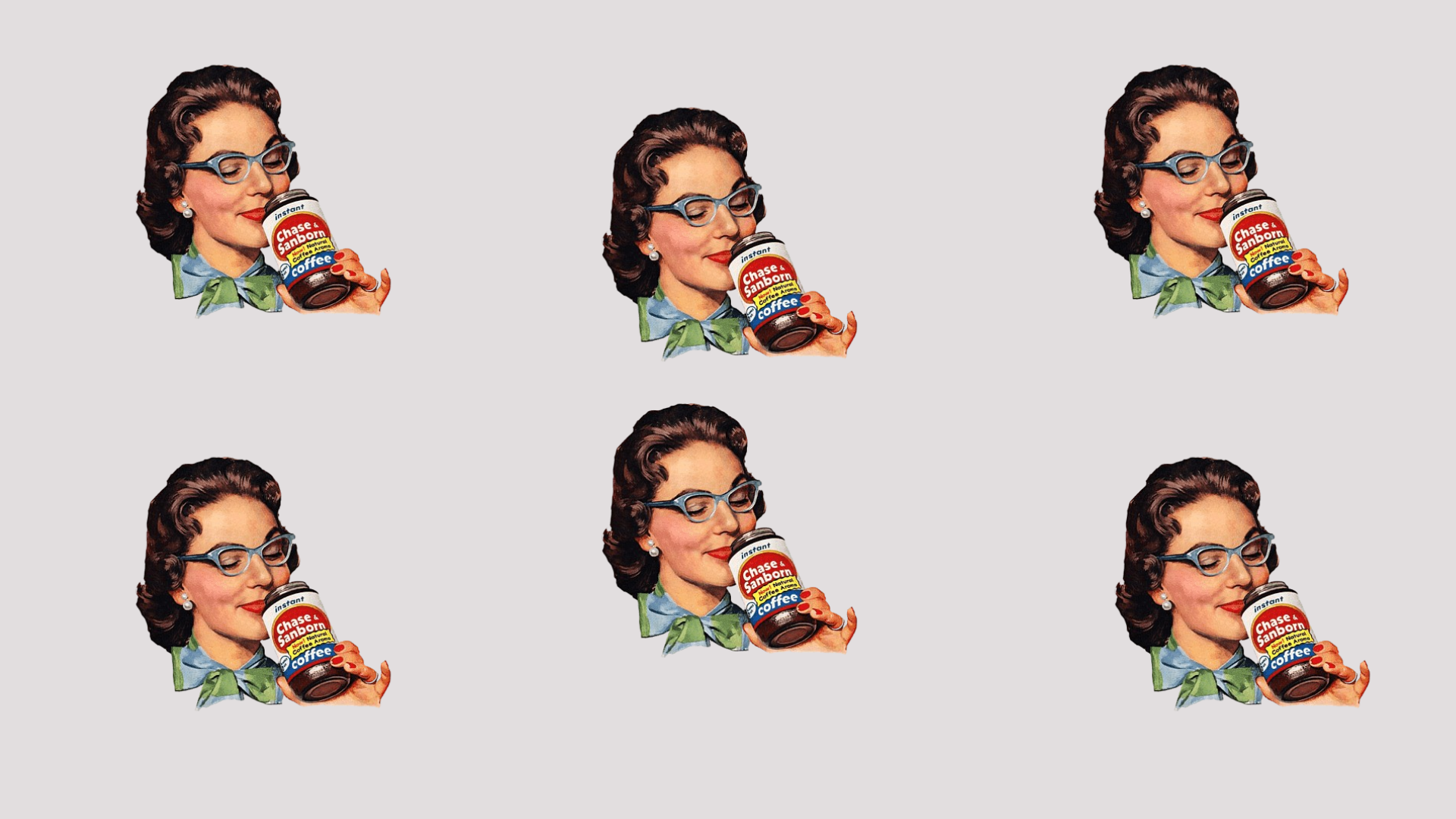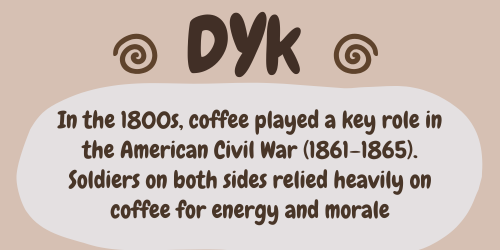
In the world of coffee, few names leave a lasting impression like Chase and Sanborn. Once a household staple, it was established in the early 20th century and became one of the leading coffee brands in America due to its innovative marketing strategies and distinctive flavors that captured the attention of coffee lovers. It was the first brand to sell and ship coffee in sealed tin cans, which became its trademark.
You may wonder: what happened to Chase and Sanborn? The answer is a tale of the rise and fall of a highly popular brand, marking the end of an era. However, the brand still holds its legacy.
Grappling with new marketing strategies and trends, the brand lost the popularity it once had. But it never lost its legacy nor its impact on an entire generation. Before discussing its current status, let’s first take a walk through its history.
The brand started when Caleb Chase moved to Boston in 1864 and began his business as a coffee roaster. Three years later, James Sanborn also moved to Boston and began his career as a coffee seller. The two men partnered to form Chase and Sanborn in 1874.
They were pioneers in the coffee industry, being the first to package ground coffee in sealed tins, a practice that became a hallmark of the brand.

This partnership led to a successful launch, not just in England but across borders. The brand became a staple in many American households. Its genius marketing and special brewing methods made it one of the top brands, a trendsetter in the coffee world. It set a legacy and left a lasting mark on the industry. But what was this genius marketing, and how did Chase and Sanborn continue to grow?
There’s a saying: “The best way to predict the future is to create it.” Chase and Sanborn quite literally did this. When discussing the popularity of brands like Chase and Sanborn, it would be impossible not to mention their marketing strategies.
A good company knows that, as much as product quality matters, marketing is just as important.
Start Of The Journey
In 1878, Caleb and James Sanborn introduced canned coffee. They heavily advertised their products, and consumers responded enthusiastically to their quality and convenience.Later, in the 1900s, they introduced pre-ground coffee, a novelty at the time, which was once again well-received by customers.
The company’s innovation in packaging led to widespread popularity. By 1893, Chase and Sanborn had become established enough to supply coffee to all the salons at that year’s Chicago World’s Fair.
From the 1920s to the 1930s, it became one of the leading coffee brands in the U.S. This period was the brand’s golden era. It appeared in articles and newspapers, and although coffee consumption is much higher today than in the early 20th century, the company thrived and continued toward success.
A question arises: what happened to Chase and Sanborn? Why did it fade into the background despite its fame? Was it a sudden fall or a predicted decline?
How did this journey from popularity to downfall impact the brand’s current status, and what factors contributed to the downfall of such a highly valued brand?
Chase and Sanborn, founded by Caleb Chase and James Sanborn, changed ownership several times, including to major companies like Nestlé. Its frequent changes in ownership did little to diminish its fame or quality.
Transactions…
Founded in 1864, Chase and Sanborn gained success quickly. In 1929, Standard Brands acquired Chase and Sanborn, and it remained part of Standard Brands until 1981, when the company merged with Nabisco.
In 1982, Nabisco, the parent company of Chase and Sanborn, sold the brand to General Coffee Co., a Florida-based importer owned by Colombian businessman Alberto Duque. Duque, a prominent figure in the coffee industry, acquired Chase and Sanborn to expand his coffee empire. However, due to financial difficulties, Duque’s creditors sold the brand to Hill Bros. in 1984, a well-established coffee company in the U.S.
The series of transactions didn’t end there. In 1985, Nestlé, the Swiss multinational food and beverage company, became the new parent of Hill Bros and, by extension, of Chase and Sanborn. This transaction was aimed at expanding Nestlé’s presence in the U.S. coffee market.
In 1999, Nestlé sold its coffee business, including Chase and Sanborn, to Sara Lee Corporation, a major player in the food and beverage industry.
Finally, Sara Lee sold Chase and Sanborn, along with other coffee brands, to Massimo Zanetti Beverage Group (MZB Group), an Italian-based coffee company and one of the largest coffee producers in the world. MZB Group currently owns Chase and Sanborn.
This series of frequent transactions illustrates major shifts and consolidations in the coffee industry. Leading brands like Chase and Sanborn faced challenges amid changes in consumer preferences and rising competition, making it difficult for the company to preserve its legacy.
It only takes a single reputation-damaging scandal to bring down a great company. In the case of Chase and Sanborn, it wasn’t a scandal but rather a struggle against the rapid changes in the coffee industry.
Chase and Sanborn had a great legacy and a rich history in American coffee culture. It started as a successful brand but gradually faded into the background.
Changing consumer preferences, the rise of new competitors, and the ever-evolving coffee culture made it difficult for Chase and Sanborn to maintain its position at the top, leading to its decline.
Despite struggling through a rapidly changing market and coffee industry, Chase and Sanborn continues to exist. It is currently part of the MZB Group.
Although not widely available globally, it can still be found in selective grocery stores. The brand offers sustainability, quality, and convenience, making it an affordable and accessible option.
Chase and Sanborn may have lost its former prominence, but it still holds a special place in the history of American coffee brands. It remains a nostalgic experience for longtime customers and a curiosity for younger generations.
Yes, Chase & Sanborn coffee is still in business. While it's no longer a major market leader, the brand continues to be produced and sold, primarily as a budget coffee brand in supermarkets.
Chase & Sanborn is currently owned by Massimo Zanetti Beverage Group, an Italian coffee company that also owns other well-known brands like Hills Bros., MJB, and Segafredo.
Chase & Sanborn was originally an independent company, but over the years it changed hands multiple times. It was acquired by Nestlé, then later sold to Sara Lee, and eventually became part of Massimo Zanetti Beverage Group through a series of corporate acquisitions.
Hills Brothers coffee is still available today and, like Chase & Sanborn, is owned by Massimo Zanetti Beverage Group. Although it's no longer the household name it once was, it remains on grocery store shelves in various regions.
In order to learn more about the following topic we recommand you to check out these sources